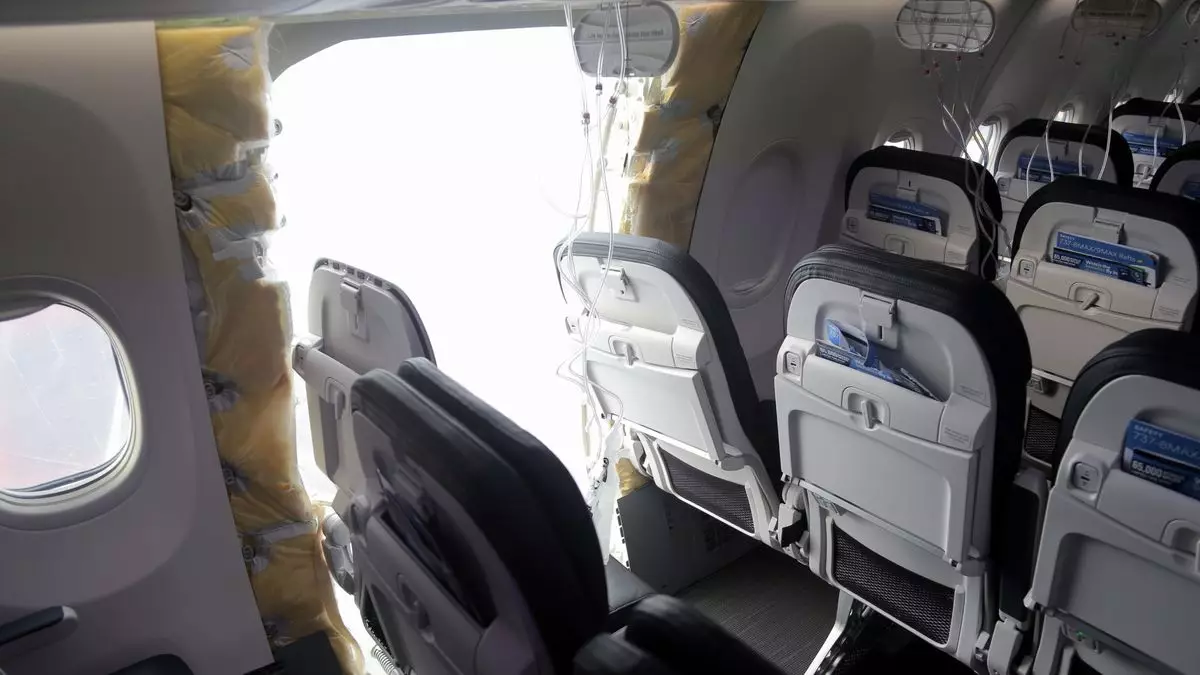Boeing factory workers have come forward with troubling revelations about the practices within the company, detailing instances where they felt pressured to work too quickly. This pressure, according to one worker, often led to errors and mistakes as individuals tried to keep up with the pace of the assembly line. The worker mentioned that the rush to complete tasks is a breeding ground for errors, reflecting a dangerous work culture at Boeing’s factory.
In addition to feeling pressured to work quickly, employees also highlighted instances where they were asked to perform tasks for which they were not qualified. For example, some workers were tasked with handling door plugs without receiving proper training. This lack of qualification raised serious concerns among the workers, as they felt ill-equipped to handle critical components of the aircraft.
One worker described the safety culture at Boeing as „garbage“ and pointed out that accountability was lacking within the company. Workers expressed frustration at being forced to take on responsibilities beyond their expertise, stating that they were placed in „uncharted waters“ with little guidance or support. This situation further underscored the systemic issues within Boeing’s safety protocols.
The January 5 accident involving a Boeing 737-9 Max jet served as a wake-up call regarding the safety practices at the company. The incident, which resulted in a gaping hole in the plane and rapid decompression, shed light on the dangers of overlooking proper procedures. Passengers and crew members were traumatized by the event, highlighting the need for stricter safety measures in aircraft manufacturing.
The National Transportation Safety Board’s two-day hearing delved into the circumstances surrounding the accident, uncovering critical details about the lapses in safety at Boeing. The board questioned company officials about the lack of documentation and the potential causes of the incident. It was revealed that turnover and inexperience within the workforce since the onset of the pandemic had contributed to safety concerns.
The Federal Aviation Administration’s role in overseeing Boeing’s manufacturing processes also came under scrutiny during the hearing. FAA administrator Mike Whitaker acknowledged shortcomings in the agency’s oversight, emphasizing the need for a more hands-on approach to ensuring safety standards. The FAA’s limit on the production of Max jets highlighted the severity of the situation and the importance of regaining public trust.
Legal Ramifications and Financial Impact
The fallout from the Boeing incident extended beyond safety concerns, with legal implications and financial losses piling up for the company. The FBI’s investigation into potential criminal activity raised alarms among passengers, while the Justice Department pushed for a guilty plea from Boeing for fraud charges. The financial toll on the company, coupled with its leadership changes, signified a turbulent period for Boeing.
The revelations from Boeing factory workers shed light on the underlying issues plaguing the aircraft manufacturer. The focus on speed over safety, lack of qualifications, and inadequate oversight all contributed to the grave incident on January 5. Moving forward, addressing these systemic problems and reevaluating safety protocols are crucial steps for Boeing to regain public trust and ensure the well-being of passengers and crew members.


Napsat komentář